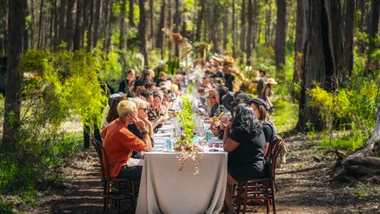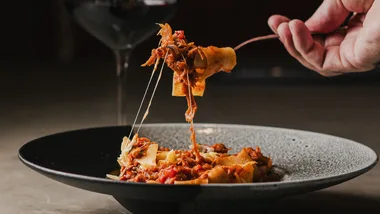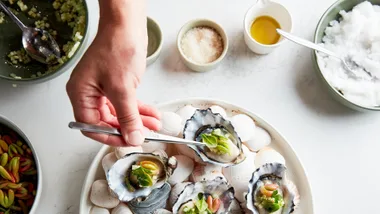Is it possible to tell when a restaurant is independently run or part of larger group? Not always. But sometimes it’s as clear as slipping into a mismatched chair at Bondi restaurant Sean’s and being enveloped in a salty handmade aesthetic. Scallop shells that decorate the quirky room, like so many barnacles accrued over its 32 years eyeballing the beach, are simpatico with a soulful chalkboard menu that’s deeply personal and resolutely ethical.
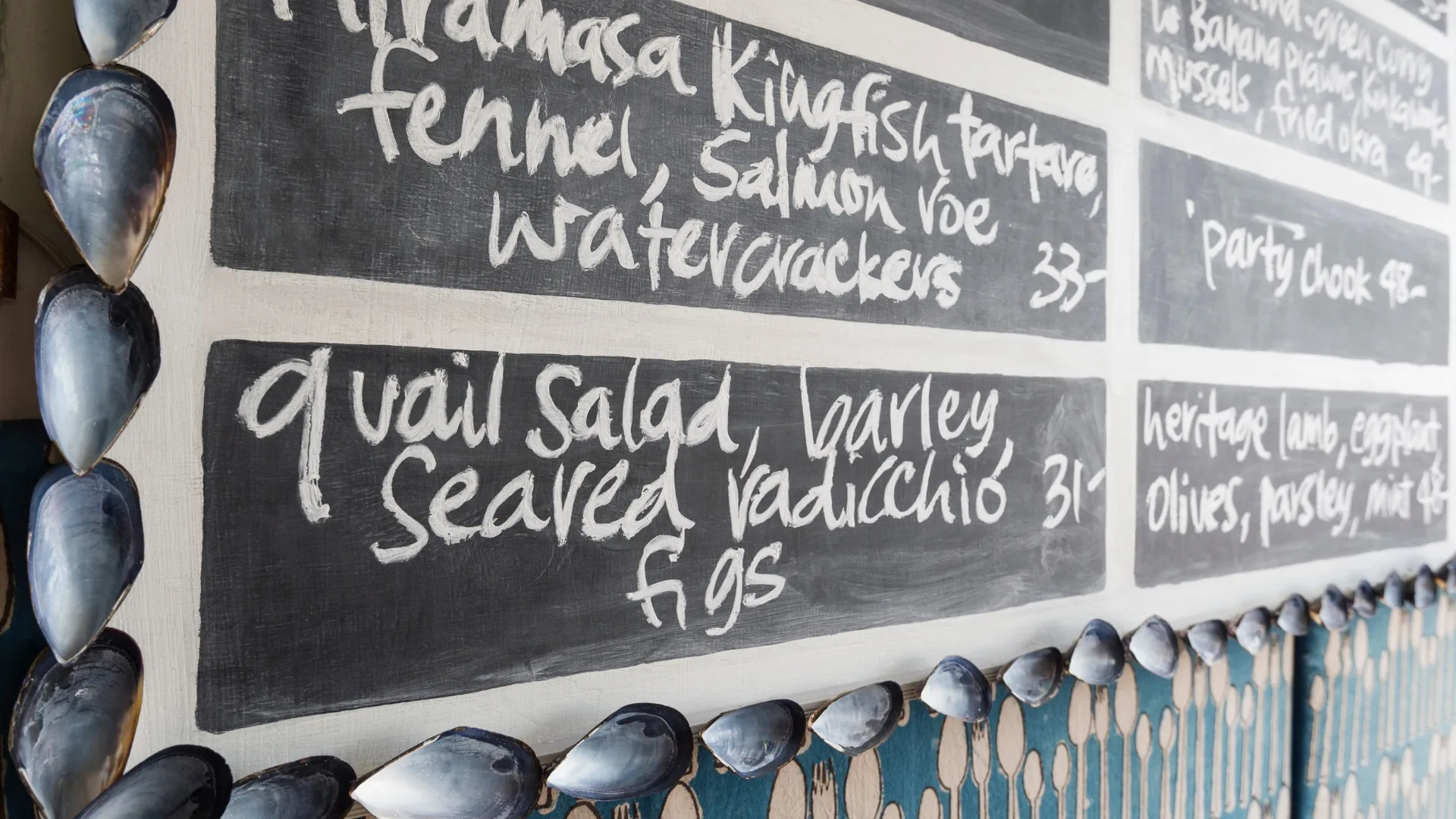
“When we found Sean’s, we felt so liberated that we could do what we want,” says Moran. “Before it we had two restaurants in pubs, so we were very much having to compromise. It’s not as personal as catering to someone who’s coming to your restaurant because it’s exactly as you want it to be.”
His enthusiasm is infectious, but times have never been tougher for restaurants, particularly those going their own way. The nation’s supersizing hospitality groups have the buying power to smooth out the peaks and troughs of a famously volatile industry and a clear advantage in attracting staff. Moran, on the other hand, has spent his past few days helping redo the dining room floor.
“That’s the thing about running your own place – there’s always something to repair. I know the place looks like it’s corroded and held together with Blu Tack, but the reality is quite hard work.”
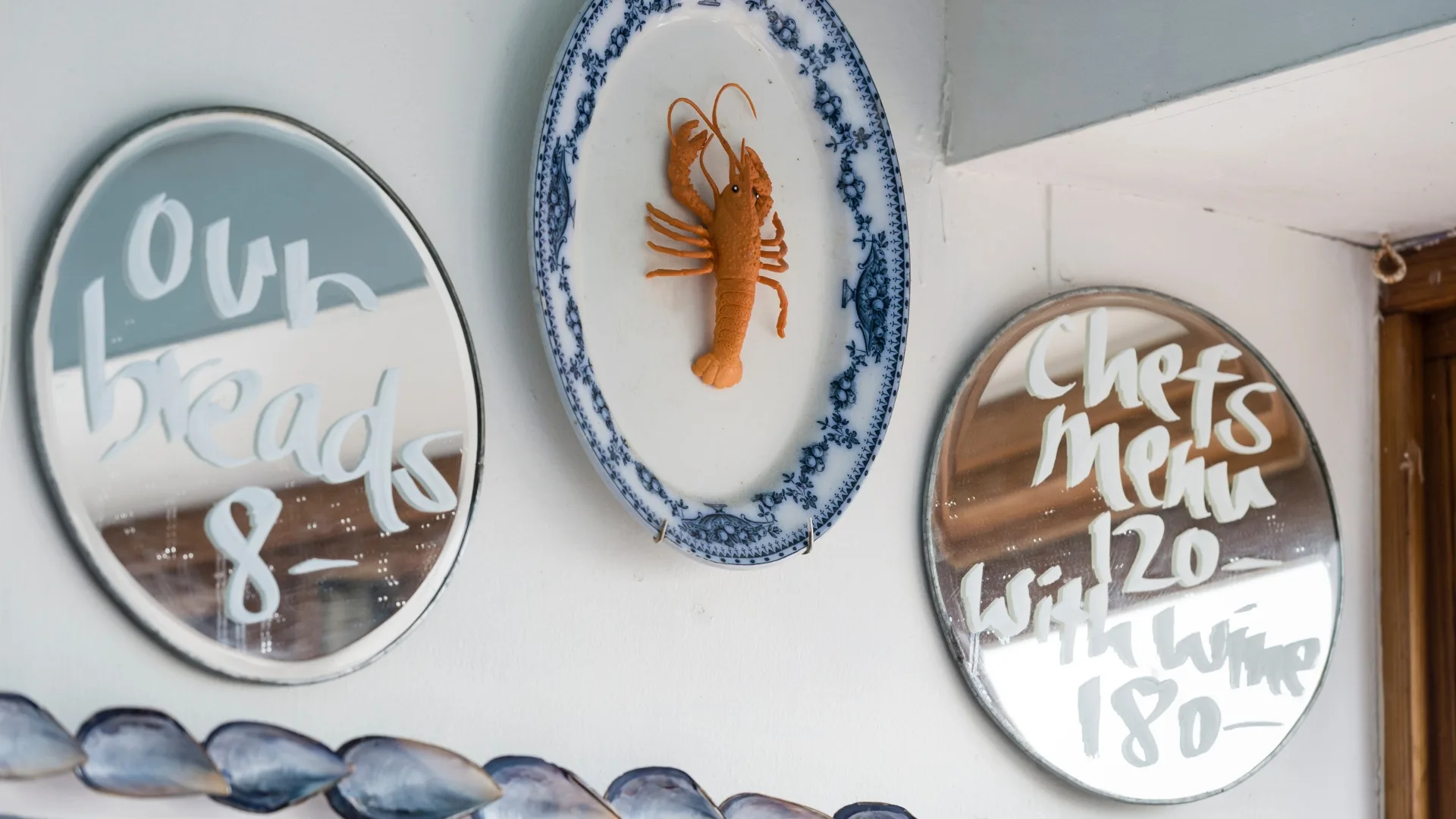
Tucked down a laneway at the top of Melbourne’s CBD, indie stalwart Bar Lourinhã is facing the pointy end of the industry power imbalance. Directly opposite its slender five-metre shopfront sits the hulking concrete carpark bought earlier this year for $55 million by Sydney’s Merivale Group. CEO Justin Hemmes plans to turn it into an eight-storey answer to his flagship Ivy. What that means for 35-seat Lourinhã remains to be seen.
“My first thought was, where am I going to park my car?” says chef Matt McConnell, who opened his tapas bar with wife Jo in 2006 after a life-changing trip around Spain and Portugal.

Anyone who’s visited Lourinhã – drawn, perhaps by the citrus-flecked brilliance of the cured kingfish “pancetta”, an OG dish still going strong – will have been struck by the fluidity of a venue that validated eating at the bar as a dinner option and continues to break down barriers between kitchen and floor.
“I’ll take plates to tables and help the bar to have that contact with customers. I often say it’s kissing babies and shaking hands but it’s stuff I really love doing,” says McConnell. “We’ve got customers who had their first date here, got married, and now their kids are coming in and buying drinks. Seeing that generational change sometimes stops you in your tracks.”
Bar Lourinhã is celebrating its 20th birthday next year along with fellow Melbourne icons Gerald’s Bar and Rumi. Parties are planned. War stories will be shared about the joys of not taking a wage while working an 80-hour week that involves being chef, waiter, cleaner, PR director and maintenance crew.
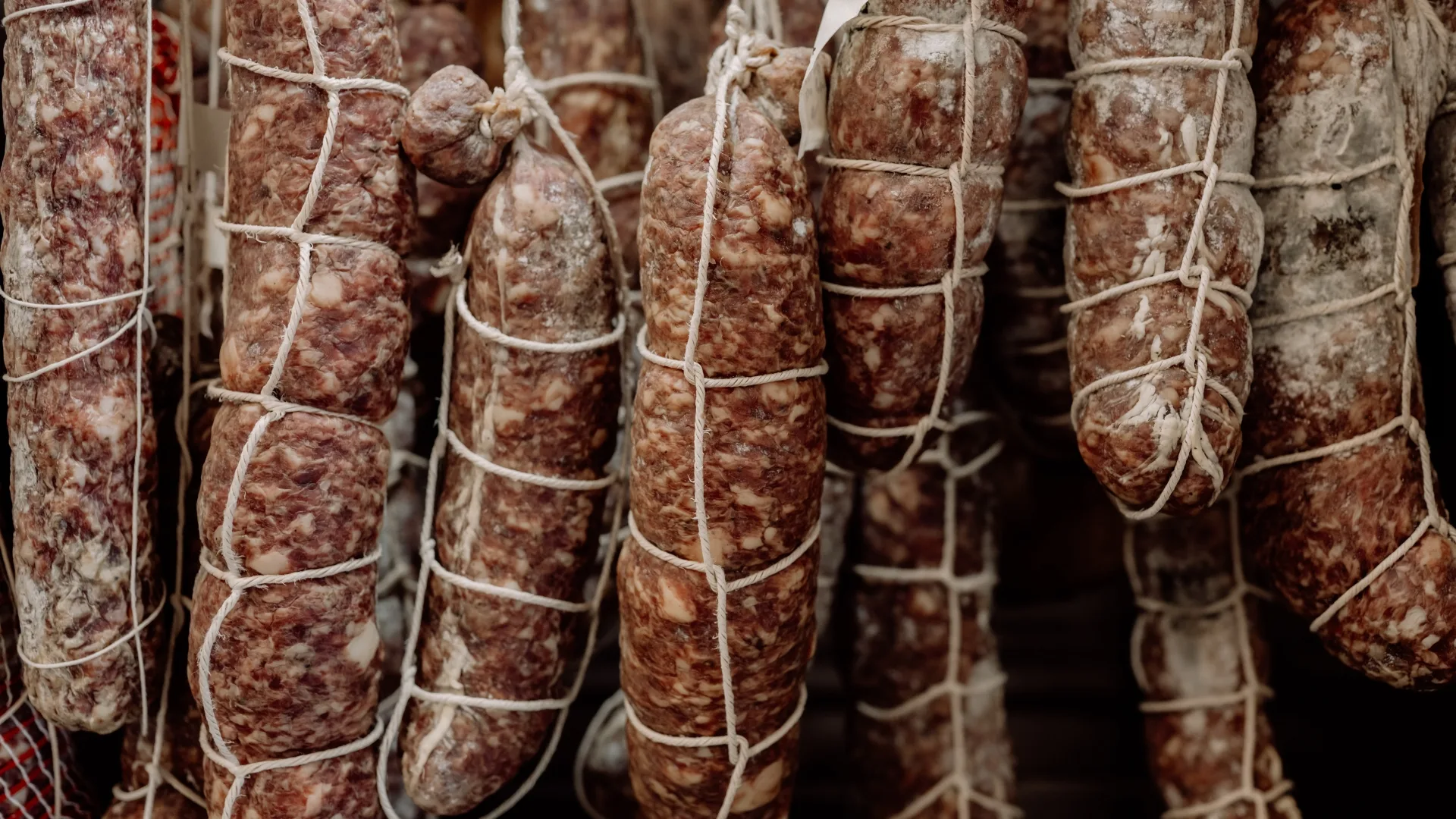
Gourmet Traveller’s independent restaurant badge, introduced to the Guide last year, appears on around 70 per cent of this year’s entries; an acknowledgement of their oversized contribution to the dining landscape. What they might lack in the natty appeal of designer staff uniforms they make up for in other ways. They can be crucibles for new ideas and flavours (it’s hard to imagine a corporate backing the likes of Manzé, a lauded Mauritian restaurant in North Melbourne, for instance). They can be startling expressions of time and place (could The Agrarian Kitchen be anywhere other than a former asylum in Tasmania’s New Norfolk?). Then there’s the sub-group of micro-restaurants, sometimes driven more by eccentricity than economics yet enriching the dining intelligence of anyone lucky enough to get a booking (their tiny-yet-mighty ranks most recently welcomed 10-seat Turkish restaurant Mini Lokanta in Adelaide, only open on Saturday nights in the front room of Enver Tuğrul and Gökçe Özbecene’s house).
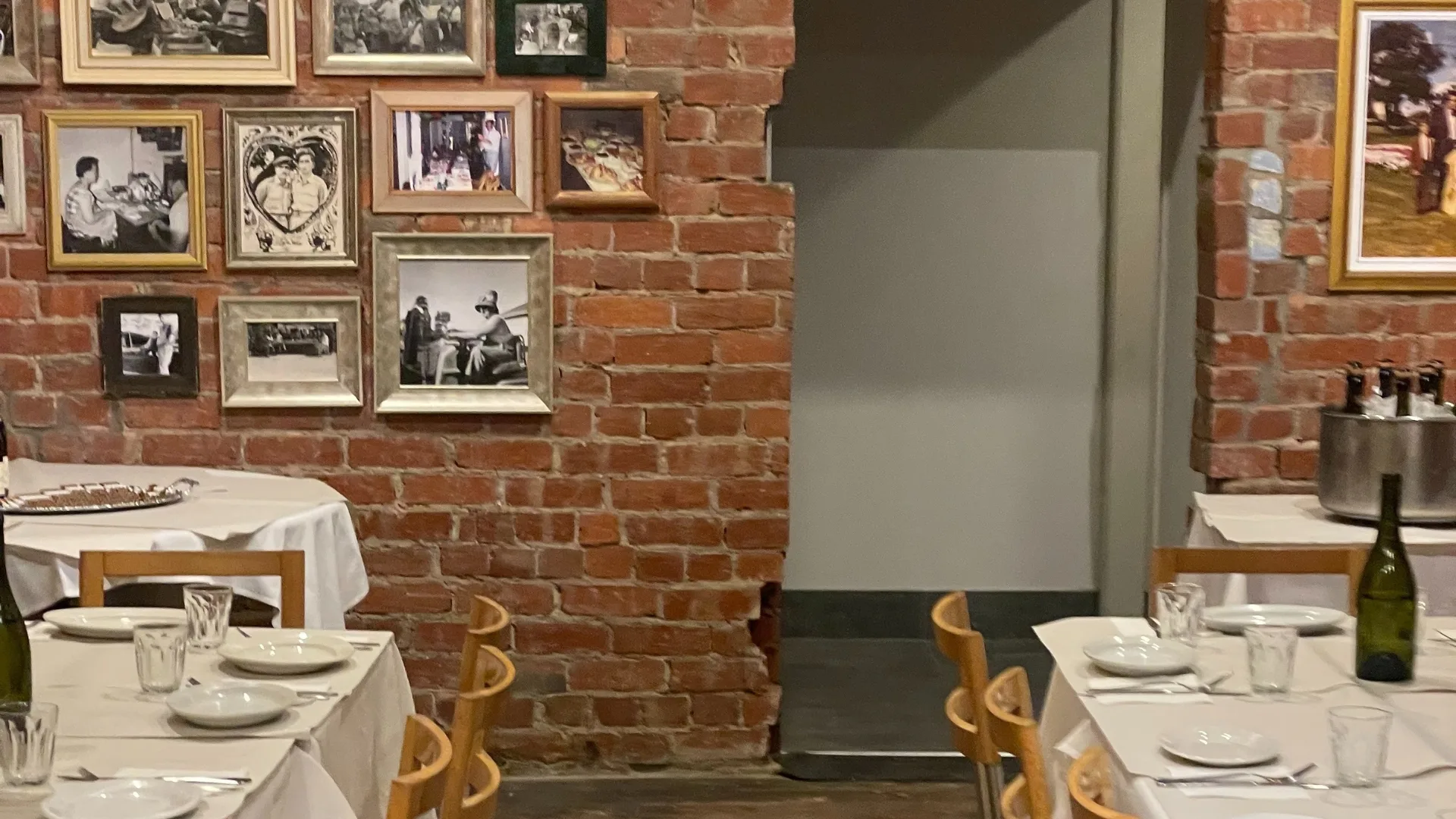
The ineluctable joys of a welcoming local are evident stepping into the red brick-walled hubbub of The Pontian Club. A Melbourne Greek pop-up that recently found permanent digs in Collingwood, its lo-fi charms are dictated by a lack of funds rather than a branding expert.
“It’s sort of a place where we want to extend the feeling of home,” says chef Oscar Tan, formerly of high-flying Gimlet. Along with his two co-owner mates, all in their early twenties, he continues to hammer and saw when they’re not serving their unpretentious, affordable menu – grunty lamb chops, a silken tarama – to a noticeably youthful crowd.
“It sounds selfish, but we’ve kind of made this place exactly how we’d like it – like, literally for us,” he says. “It’s thought out, but at the end of the day it’s simple food, a simple space. We’re learning, and if things go wrong with a long wait or something, we try our best to make amends and customers respond with kindness because they appreciate what we’re doing.”
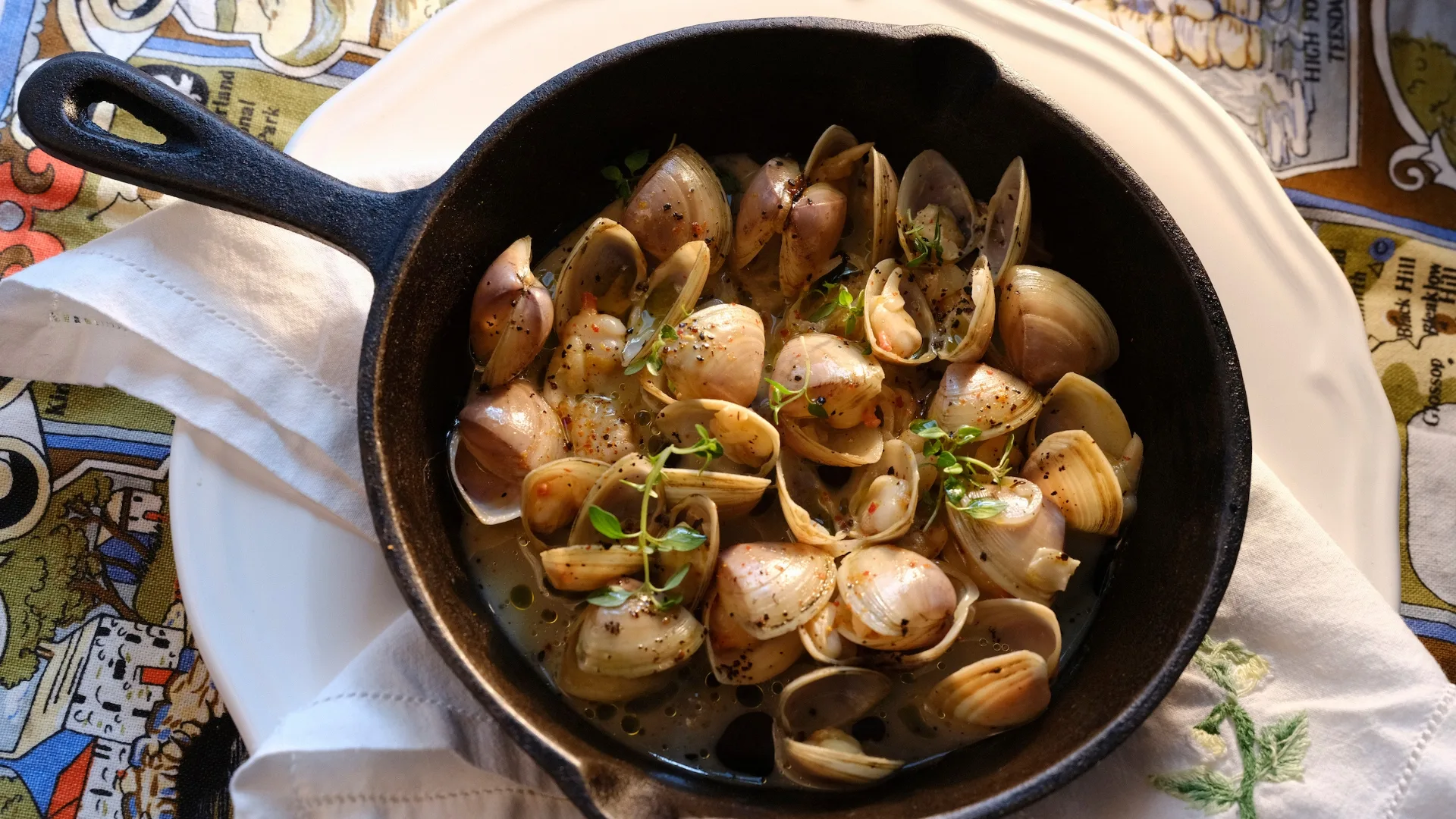
Authenticity is also a guiding principle for Marinela Antonic of WA’s Lady Lola. She and partner Michelle Forbes recently stepped away from Lola Underground at Perth’s State Buildings to consolidate their popular Euro-style wine bar and bistro in Dunsborough.
“Because we’re so authentic in what we do, it wasn’t working for us in a corporate environment. Our brand is very much us. We want to put the knowledge that we’ve gained in food and beverage across the world and put that in a cocktail, or in a dish,” Antonic says. “And our community missed us! We left great staff in charge, but we heard that all the time. That everyday connection, knowing our customers… it’s really powerful.”
The competition between Big Restaurant Group and the independents isn’t a zero-sum game. Hospitality’s broad church is particularly open-minded in Australia, and that’s to be celebrated. But after his three decades observing the world from his salt-crusted Bondi bolthole, Moran has some thoughts on the matter.
“Independently run restaurants have cultural heritage that you can feel,” he says. “You take them, warts and all. Sean’s would drive any corporate that was backing it nuts. You can look around and see flaws, but you feel something that’s even stronger, and that’s a sense of the people behind them loving what they do.”

